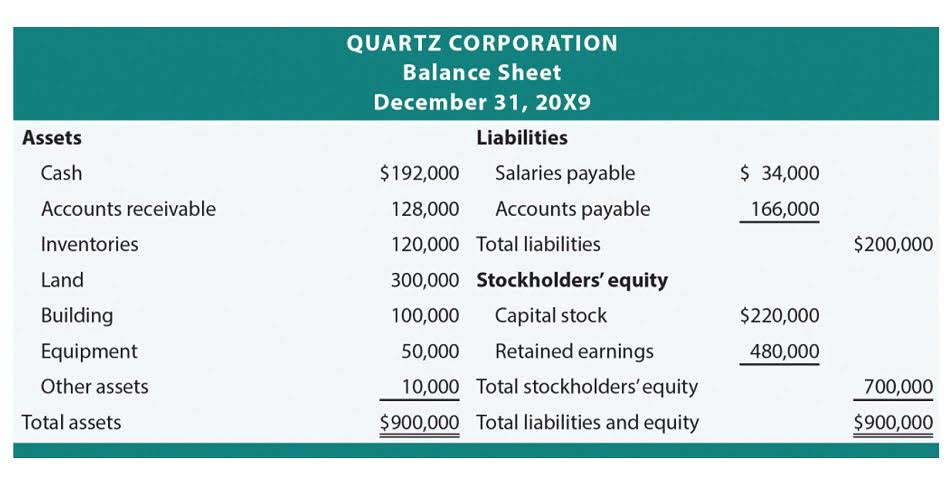
This literally means that there is a double entry, i.e., two aspects for each transaction in the system. So, the total debits must always balance the total credits to balance the books. If there is a difference, it means that an error has Accounts Receivable Outsourcing been made. For asset accounts, the debit (left) side always indicates an increase to the account and the credit (right) side indicates a decrease to the account. Examples of asset accounts are cash, inventory, and account receivable.
How to Record the T-Accounts
T accounts provide a detailed record of transactions, which is essential for financial analysis. Analysts use T account data to assess trends, identify patterns, and make informed decisions about an organization’s financial performance. T-accounts are surprisingly versatile tools used by a diverse group of people. Loan officers and credit analysts use T-accounts to assess the financial health of potential borrowers. They analyze a business’s T-accounts for assets, liabilities, and equity.
T Accounts vs. The General Ledger: What’s the Difference?
It might seem strange that debits decrease revenue, but this follows the seesaw principle. When you earn revenue (debiting cash), you’re also using up your ability to earn that income again. t-account definition Credits increase revenue because you’re recording income on account (crediting accounts receivable), which hasn’t been collected as cash yet but still represents income earned. Yes, similar to journal entries, T-accounts should always balance.

Automation Meets Analysis
- Your business now owns a 30,000 dollars delivery truck, which is an increase in assets.
- In contrast, automated accounting systems offer built-in controls and validation checks, reducing the risk of mistakes and fraud.
- Since Accounts Payable are liabilities, all increases are place on the credit side while all decreases are place on the debit side.
- It can cause incorrect reports and statements about the finances.
- Whether you’re a small business owner, an accountant, or just someone learning the ropes of accounting, understanding T-accounts is essential for mastering financial tracking.
A general ledger is a formal representation of a company’s financial statements where the debit account and credit account records are validated with a trial balance. A general ledger offers comprehensive documentation of all financial transactions of the company over a certain period. A general ledger is the repository of all account-related information required to prepare a financial https://www.vans-towing.com/accounting-a-dying-profession-explained/ statement. The typical accounts include accounts of assets, liabilities, shareholders’ equity, revenues, and expenses, etc. T-accounts play a crucial role in accounting by helping businesses and individuals track financial transactions.
The balance sheet is formal and used for external reporting, whereas T-accounts are internal tools for analysis. You know the sum of your debits and credits must match at the end, but so far, you have a 30,000 dollars debit and a 5,000 dollars credit. You still need to record a 25,000 dollars credit to get the transaction to balance. The last piece of your transaction is to record the 25,000 dollars your business borrowed to purchase the truck.

- The balances in T accounts are aggregated to create the balances needed for financial statement preparation.
- In this system, the total credits must always equal the total debits.
- T-accounts are simple, visual tools that illustrate how individual transactions affect a specific account and show debits on the left and credits on the right.
- A surprising number of people uses these handy tools, and understanding their purpose can be a game-changer for your financial literacy.
- Conversely, credits show increases in liabilities and equity and decreases in assets and expenses.
- Accrual accounting, a fundamental principle in financial reporting, recognizes revenue and expenses when incurred, regardless of cash flow timing.
They include dates and running balances and are maintained for official accounting purposes. T-accounts are logs of individual transactions that show how each entry affects assets, liabilities, or equity. Balance sheets skip this process and present the end result—what the company owns, owes, and retains. Once journal entries are made in the general journal or subsidiary journals, they must be posted and transferred to the T-accounts or ledger accounts.

Since most accounts will be affected by multiple journal entries and transactions, there are usually several numbers in both the debit and credit columns. Account balances are always calculated at the bottom of each T-account. The total difference between the debit and credit columns will be displayed on the bottom of the corresponding side. In other words, an account with a credit balance will have a total on the bottom of the right side of the account. The article explains the concept and purpose of T-account in accounting, highlighting how they help visualize and correctly record transactions. It emphasizes their usefulness in ensuring debits and credits are balanced, especially when multiple accounts are involved.

How to record the T-accounts
Now, let’s dissect our office supply purchase using T-accounts. On the left side (debit) of the “Supplies” T-account, we record $50 because our supply inventory has increased. On the other hand, for the “Cash” T-account, since cash is decreasing, we put $50 on the right side (credit). This ensures our T-accounts maintain balance, reflecting the equal exchange of value that happened in the transaction. This purchase increases your supplies (an asset) but also decreases your cash (another asset). Identifying the type of transaction – like buying supplies, paying rent, or earning revenue – is crucial for accurate recording.
These reports come in handy especially when you try to get financers to invest in your business, as they get a complete view of your business’ financial status. A single-entry accounting system records each financial transaction only once, which does not provide enough detail for the T-account’s visual format. In contrast, a double-entry system records every transaction twice—once as a debit and once as a credit—allowing T-accounts to separate and display these entries. This makes T-accounts an effective tool for businesses using double-entry accounting to track and distinguish debits and credits accurately. For asset accounts, which include cash, accounts receivable, inventory, PP&E, and others, the left side of the T Account (debit side) is always an increase to the account.
